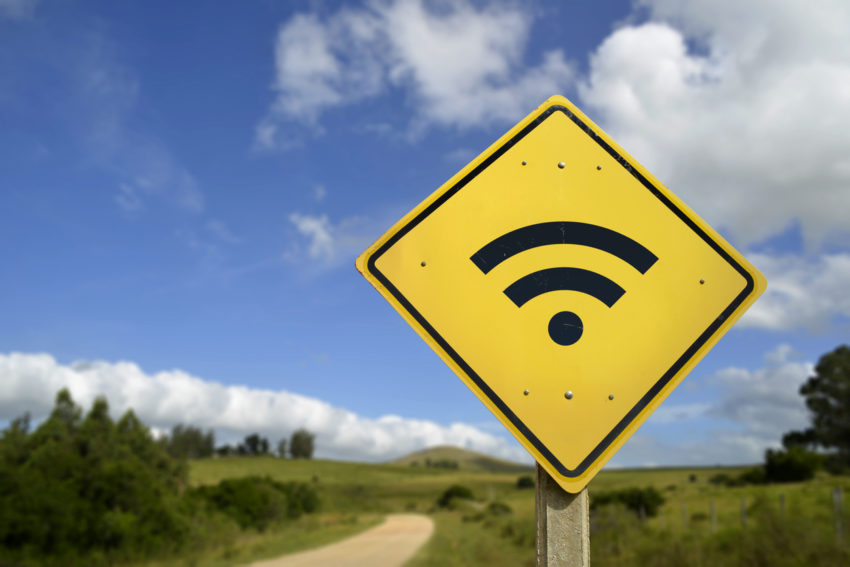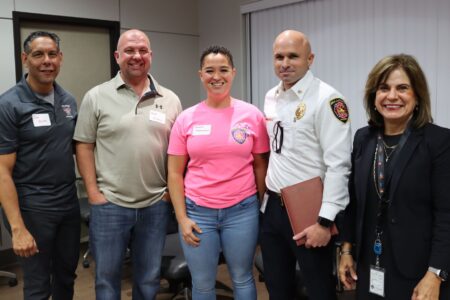
Share On Social!
In today’s world, fast and dependable Internet is essential to thrive.
Want to apply for a job? Application is online only!
Want to read the latest health news? Online!
Need to do homework or get a tutor? Online!
Yet, many in rural areas do not have access to high quality broadband services.
24% of rural adults said that access to high-quality Internet service is problematic in their community, according to an alarming new report from Pew Research Center. Another 34% of rural adults say that internet access is a minor problem.
Together, 6 in 10 rural Americans see quality internet access as problem. 
Furthermore, 39% of rural Americans, or 23 million people, lack proper broadband access, according to a 2016 report by the Federal Communications Commission (FCC).
Broadband internet is defined by the FCC as high-speed Internet access that is always on and faster than traditional dial-up access.
In contrast, 7 in 10 suburban residents and two-thirds of urban dwellers say they subscribe to broadband services at home, compared with 58% of rural adults, a previous Pew Research report found.
Rural Internet Access & Latinos
When it comes to high quality access to internet, there are some differences concerning race and ethnicity.
Previous research has shown that digital divide, the gap between Latino internet users and white Internet users, is overall improving. However, when Latinos in rural areas are accounted for, there is still division.
Latinos, Blacks, and other minority groups who live in a rural area are more likely than their white counterparts to say that accessing high quality broadband is an enormous problem (31% vs. 21%).
Also, Latino and black households who have school-age children, especially those in low-income households, are particularly pronounced in these broadband disparities.
Those ages 50-64 who live in rural areas also are likely to report major problems concerning access.
What Are Solutions?
Internet equity and the digital divide warrant policy action.
A Forbes report shared potential solutions:
Broadband for All. “A national campaign to connect every American community to broadband infrastructure in two years,” according to Gabriel Horwitz of the Economic Program at Third Way in his report in Forbes.
Efforts from Internet providers. “The City of Sacramento and Verizon have partnered to build out 5G small cell infrastructure investment as well as free Wi-Fi in parks and smart traffic technology. Microsoft is working with telecom companies across a dozen states to use TV white spaces to bring broadband to rural areas. Charter is bringing service to 70,000 unserved homes in rural communities in California. And AT&T recently finished expanding high-speed internet to over 440,000 homes across 18 states,” Horwitz wrote.
Efforts from governments. “Colorado Governor John Hickenlooper just signed legislation creating a $150 million state fund for rural broadband infrastructure. Under Governor Jack Markell, Delaware piloted projects that worked with telecom companies to expand broadband to rural communities in the state. And the Alaska Plan would extend high-speed internet to a quarter million rural users throughout the state,” Horwitz wrote.
“Should efforts like these be applauded, continued, and expanded? Absolutely. Are they enough? No way,” Horwitz wrote.
Explore More:
AccessBy The Numbers
142
Percent
Expected rise in Latino cancer cases in coming years



